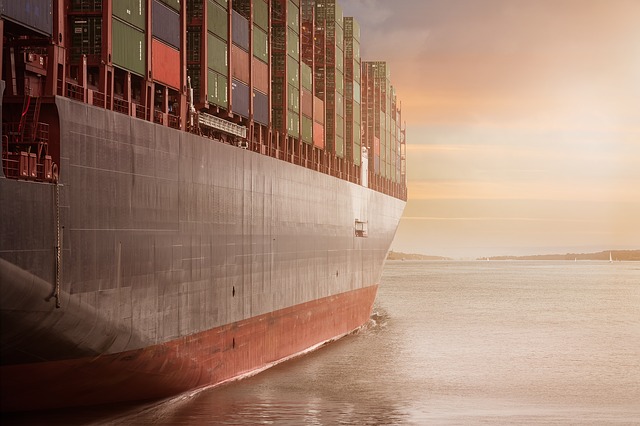
Based on a recently published patent, Google (NASDAQ:GOOGL) is exploring a new way to propel sea vessels. How exactly? Through kites.
The patent, filed on May 27, 2016 and granted to the search giant on September 22, 2016, is for an “airborne rigid kite with on-board power plant for ship propulsion”. It was invented by Thomas Van Alsenoy, Richard Wayne DeVaul and Damon Vander Lind, 3 kite engineers formerly working for Makani Power, now working for Google X after Makani Power was acquired by Google in 2013.
Makani Power specializes in making kites that function like windmills. Basically, the kites fly at high altitudes — catching strong winds, consequently generating more power compared with conventional windmills on land. Supposedly, the ‘energy kite’ has the potential to produce 50% more energy, utilize only 10% of the materials used, and cost 50% less than traditional wind turbines. These ‘energy kites’ will be put to use through Google’s patent by serving as propellers for sea vessels. They produce power from the wind, and pull the ships along as they move.
Back in 2009, Google made their first attempt to delve into seafaring technology by housing some of their data centers on barges. The patent they were granted then was for a ‘water-based data center’ with a system that includes a floating computer data center comprised of multiple computers, a sea-based electrical generator to power the computers, and seawater cooling units to keep the computers from heating up.
Now with their latest patent, it seems they’re planning to incorporate the concept of their sea-based data centers with the kite propulsion system. Also referred to as Airborne Wind Turbine or AWT, the energy kite will have 2 kinds of modes, one for flying (propulsive purpose) and one for power generation (auxiliary purpose). It will make use of 3 systems — electrodialysis, electrolysis and refinery — to generate power.
Carbon dioxide will be extracted from seawater through electrodialysis. Hydrogen gas (also known as Hydrogen molecule or H2) will be produced from seawater through electrolysis. Carbon dioxide and hydrogen gas will be combined to produce fuel through the refinery system. The synthetic fuel produced will then be converted into ethanol — clean, green, and a perfect alternative to fuel ships.
More than just using the energy kites to power their data centers, the kites will also be used to move their data centers across the seas, without any electricity cost and using only clean fuel. And so we’re rooting for Google to succeed in making their kite-powered floating data centers a reality. It’s more than just a cost-effective plan; it will be good for the environment too.
- Bulenox: Get 45% to 91% OFF ... Use Discount Code: UNO
- Risk Our Money Not Yours | Get 50% to 90% OFF ... Use Discount Code: MMBVBKSM
Disclaimer: This page contains affiliate links. If you choose to make a purchase after clicking a link, we may receive a commission at no additional cost to you. Thank you for your support!




Leave a Reply